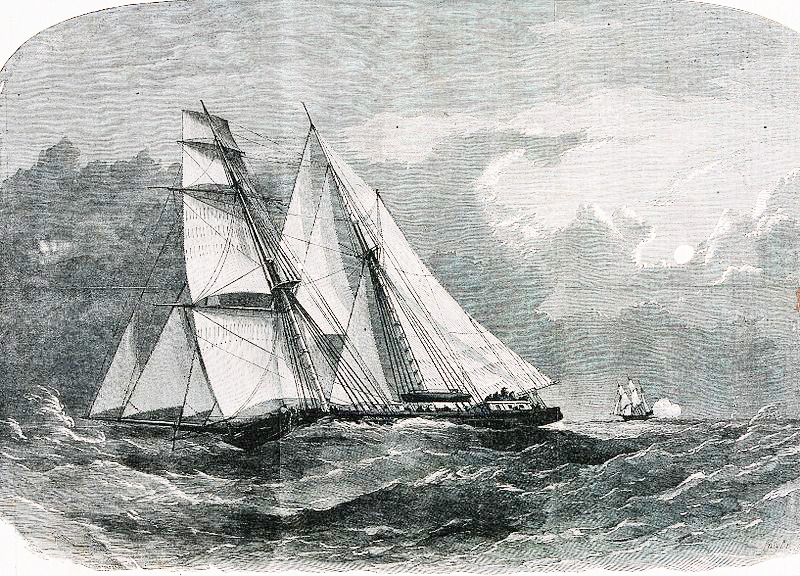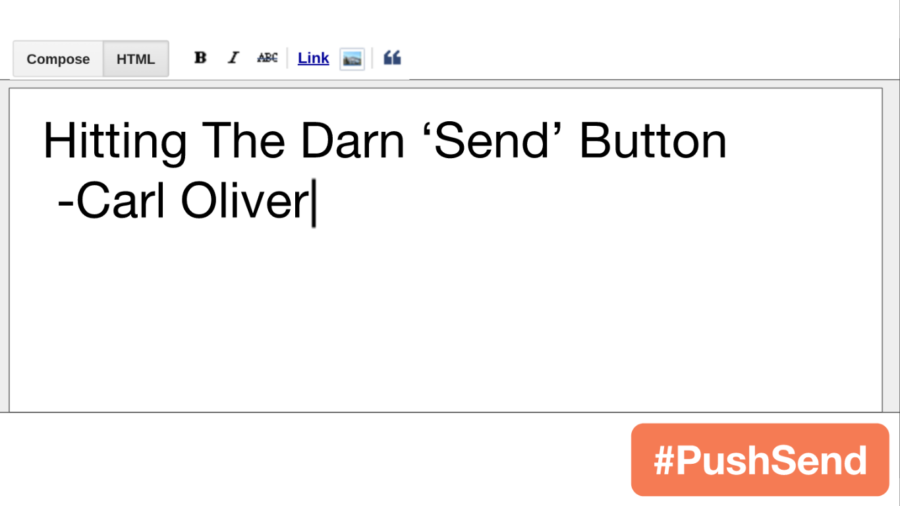If you are interested in teaching a captivating historical mini-project with linear equations that can be easily adjusted to fit your unit plan. This project is centered around the historical account of a successful slave rebellion that took place onboard slave ship The Creole in 1841. Students make decisions about where to steer the commandeered ship so that 100+ slaves can find freedom. Students use different linear representations and can also find the solution of a system of two linear equations.
Voyage of the Creole (google drive version)
Map of Americas from eduplace.com
Let’s walk through the different parts of this project.
Introduction and Bonus Problem
The project introduces the story’s hero Madison Washington, a slave working on a plantation in Virginia, in this first part. This section is important for making sure the students understand the scenario, and there is also an interesting open-ended problem. The problem that asks students to find the number of Quarters and Dimes in a bag when given their total value, and the total number.
Having a problem at this point begs the question, “Why are you starting the project with an open-ended problem that isn’t necessary for the rest of the project?” Beginning the project with an open-ended problem is something that can help students think about some of the ideas that will come up later in the project. Having students work on the open-ended problem can give you a chance to ease students into creative thinking, using mathematical practices, and making connections. Students can work on the problem in a variety of ways, and it might be valuable for students to begin the remainder of the project feeling confident about their ability to forge their own mathematical path. This kind of problem is one that has been presented in other ways, and you can find ideas in Dan Meyer’s post, and in the comments, from when he wrote about these kind of problems. Finally, it is also something that can be omitted if there are fears the project is going long.
Part II, III, & IV
In this section of the project the main character Madison is taken as a captive on to The Creole. Within a few days he and the other captives take control of the ship and Madison must decide where to sail the ship. For the captives to avoid returning to slavery, they will need to find a place that isn’t in the United States, and then calculate the amount of time it would take to get there.
For students, this part of the project involves measuring with a ruler on the attached map and perhaps some prior knowledge of world geography. Students will want to take the ship to places all over the map and I’ve found it’s good to let them try any of them. Students who choose to travel a really long distance won’t succeed, and that’s OK. They will use and demonstrate the same mathematics as the people who pick safe locations, and add more variety. So encourage them to explore. I typically say that they can’t pick the same location as their neighbor for the sake of variety and to check against plagiarism.
Students will also have to convert the millimeters on the chart to miles. Depending on your students, this conversion may be something you want to scaffold, perhaps with a mini-lesson about changing units. If this is too much support for your students, try removing the box with the conversion ratio.
Students will then have to use a table to make an equation for the ship’s progress. This will require them to think through how to find the speed of the ship, or the slope of the equation, and also the y-intercept. The y-intercept is negative, which may be confusing for kids. The idea that the boat would cover less ground on its first day makes sense and there are a lot things kids could say (i.e. maybe the boat started off slow, maybe they took some time to load on the first day, maybe they went the wrong way first and turned around). This is a good opportunity for the students to make sense of the situation and compare the model to the situation, not merely write down the negative number because that’s what it is. Look for students to write something on the lines below.
The final question of this section asks students to recall the distance they measured, and use the equation to determine how many days it would take them to figure it out. Be on the look out for students who want to continue the table from above and keep filling it in until they get the distance.
Part V
In this section of the project, students use a linear function to see if The Creole can outrun the faster Navy ship with only a 5 day headstart. The story says that the Navy Boat travels at a rate of 42 miles per day, and they have the urge to make an equation similar to the one from Part IV. The Navy ship could be behind The Creole, by 5 days, so that means this equation needs a constant term. Students often get confused on what amount this should be, which is five days of travel. Understanding why the sign of this coefficient has to be negative is an important things for students to understand and explain as well. Once they have this equation, students can use this equation to first, see if the navy ship could beat them to their destination. If the numbers work out right, student who chose very far destinations will find that the Navy will beat them to their destination. This naturally leads to the next question should be: “where would the two ships meet?”
Part VI
In the last part of the project, students need to find where the ships would meet if they were to keep travelling according to the two equations that have been created. Sometimes students have already figured out 1 or more methods to solve a system of equations, but if that is not the case this is still a good question for kids to explore. At this point in the project the students understand the two equations, and what they represent. It would be a great time for these students to play with the idea of finding the solution of a system of equations and would set the stage for exploration in future units. If this project is meant to be an assessment of linear equations, then the students have already shown their abilities with regards to that in the previous sections. Students who lack practice with an algebraic approach can try using a table, or an organized guess and check, and in the process learn why an algebraic approach would save so much time! So this part of the project is valuable for any students who were able to complete all the work up to this point.
For all students at the end, there is the question of whether it would make sense to keep travelling towards their same destination. Yes, a Navy ship might not be prescient enough to follow the students all the way to their destination, but the idea is to make the best decision. This section helps the Madison Washington decide the best choice and offers another opportunity to see if students are making sense of the situation.
Alternate For Parts IV and V
In writing this up, it seems like it make a lot of sense to make the equations solve for the distance remaining in the journey, not the distance traveled up this point in the journey. This would be cool because then students would each have a different value for their equations and would make things more unique. I haven’t actually taught this version, so I made this a separate google doc with the slightly re-worded questions about those equations.
Conclusion
As the project ends you want to tell what actually happened to the ship. This video does a really good job of highlighting the themes.
Project Notes
This is the project that I used to do a long time ago in a school that was far, far away. I think there a lot of things that I could do differently with the project if I were to have more time, but I don’t teach this unit anymore, so I haven’t had the chance. I would love to hear any ideas you have about the project so please let me know your thoughts in the comments!
This project could lead to a interdisciplinary exploration of other topics around slavery from that era. Many topics could be tied into this project, so it may be good to think about whether your history teacher, or your english teacher, or you want to include additional information on topics like the fugitive slave act, the slave trade, the 3/5ths provision of the constitution, and more.
The information is pretty historically accurate. However, In October of 1841 when the ship left the port, there was still slavery in many parts of the world, but not entirely. I haven’t done all of the research to know whether the slaves would have been granted their freedom if the Creole theoretically landed on any country that a student might choose. Allowing students to choose ANY country that isn’t the US and expecting freedom might not reflect what actually would have happened if the Creole landed there.
This project also has A LOT of text. This may pose problems for ELL, or students with learning disabilities, or just kids who don’t like reading. The idea was that having a story could be as engaging, perhaps as engaging as a video, and hopefully that story can drive students to follow through with the project. It can be really easy to throw the story out as you modify this for your population. Definitely make the adjustments, but please keep enough of the story to help your students emphasize with Madison’s plight.
As always, if you use this, please let me know what you think in the comments!




